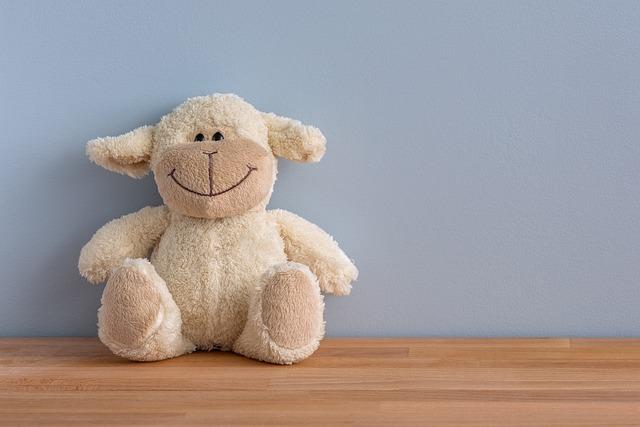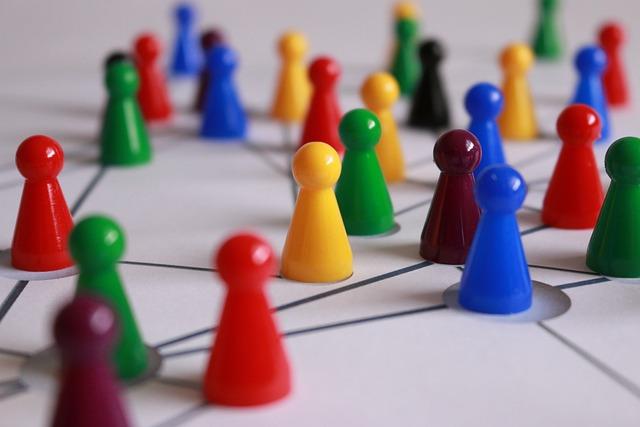In the journey of nurturing and guiding children, toys often serve as more than just tools for entertainment—they can be powerful allies in promoting positive behavior. By strategically incorporating toys into everyday routines, parents and caregivers can create engaging opportunities for children to learn valuable life skills, such as sharing, empathy, and patience. This article will explore effective ways to use toys as a medium for teaching and reinforcing positive behaviors, fostering an environment where children can thrive both socially and emotionally. With a blend of creativity and intentionality, you can transform playtime into a meaningful experience that supports your child’s growth and development, making it both fun and educational.
Choosing the Right Toys for Positive Reinforcement
When it comes to selecting toys for positive reinforcement, it’s essential to consider options that align with your child’s interests and developmental stage. Interactive toys are a fantastic choice, as they not only capture attention but also engage the child in meaningful play. Think about toys that encourage creativity, such as building blocks or art supplies, which can provide an outlet for self-expression and problem-solving. Moreover, sensory toys like textured balls or musical instruments can be great for younger children, offering stimulation that supports their sensory development.
Consider creating a diverse toy collection that includes:
- Puzzles and Brain Games: These help develop critical thinking and patience.
- Role-Playing Sets: Encourage imaginative play and social skills through costumes or playsets.
- Outdoor Toys: Items like kites or bicycles promote physical activity and coordination.
- Books and Educational Games: Foster a love for learning and expand knowledge.
Remember, the key is to choose toys that not only entertain but also teach and inspire positive behavior through engaging play experiences.

Incorporating Playtime into Daily Routines
Finding creative ways to blend playtime with everyday activities can transform mundane tasks into exciting adventures, fostering a more positive atmosphere for children. Here are some ideas to seamlessly integrate toys into daily routines, promoting good behavior while keeping the little ones engaged:
- Morning Routines: Use a toy clock or an interactive app to make waking up and getting ready a game. Encourage children to “beat the clock” by completing their tasks on time.
- Mealtime Adventures: Transform mealtime into a storytelling session with toy characters. Assign each toy a role in the story that unfolds as the meal progresses, encouraging children to stay at the table and eat together.
- Cleanup Time: Turn tidying up into a treasure hunt with the help of toy boxes or themed baskets. Children can “find the treasure” by placing their toys in the right spot, earning a small reward for their efforts.
- Bedtime Stories: Use puppets or plush toys to act out bedtime stories, allowing children to participate and make the narrative more interactive and engaging.
By incorporating toys into these daily routines, parents can foster a nurturing environment where positive behavior is encouraged through playful interaction and creativity.

Using Interactive Toys to Foster Communication Skills
Interactive toys can be a wonderful tool for nurturing communication skills in children. These toys engage children in play that encourages them to express their thoughts, emotions, and needs. By choosing the right toys, parents and educators can create an environment that naturally stimulates conversation and language development.
- Choose Toys That Encourage Dialogue: Opt for toys that require verbal interaction, such as walkie-talkies or playsets that involve role-playing scenarios. These toys help children practice speaking and listening in a playful context.
- Incorporate Toys That Require Teamwork: Games that involve multiple players can foster communication as children must articulate strategies, negotiate roles, and collaborate to achieve common goals.
- Use Technology Wisely: Interactive apps and smart toys can be beneficial, but ensure they promote two-way communication rather than passive consumption. Look for features that require children to answer questions or solve problems through verbal responses.
By integrating these interactive toys into daily playtime, caregivers can support children in developing essential communication skills while also encouraging positive behavior through engaging and meaningful interactions.

Creating a Reward System with Educational Toys
Integrating educational toys into a reward system can transform everyday learning into a delightful experience for children. This method not only fosters positive behavior but also enriches their cognitive skills. Consider incorporating a variety of toys that cater to different learning styles and interests. For instance, puzzle games can enhance problem-solving abilities, while building blocks stimulate creativity and spatial awareness. Each toy can serve as a stepping stone to new skills, encouraging children to strive for their goals with enthusiasm.
To create an effective reward system, it’s essential to tailor it to your child’s individual needs and preferences. Here are some suggestions to get you started:
- Set clear goals: Define specific behaviors or achievements that will be rewarded.
- Offer a choice of toys: Let children choose their reward from a selection of educational toys.
- Use a point system: Accumulate points for positive behavior, which can be exchanged for toys.
- Encourage variety: Rotate toys to keep the system exciting and engaging.
By carefully selecting toys that are both fun and educational, you can create a rewarding environment that encourages children to learn and grow while developing positive habits.

